( Quang Ngai Newspaper) - On June 25, 1934, King Bao Dai issued Decree No. 23, dated May 14, the 9th year of Bao Dai's reign, on the establishment of Quang Ngai urban center (centre urbain de Quangngai). This is considered the earliest document on the birth of today's Quang Ngai urban area.
Quang Ngai Center was formed in 1807, the year Quang Ngai province was moved from Tan Quan village and Phuoc Loc commune (now Nghia Hoa commune, Tu Nghia district) to Cu Mong commune (now Quang Ngai city). These villages all belonged to Trung commune, Chuong Nghia district, Tu Nghia prefecture, Quang Ngai citadel. Cu Mong commune was later changed to Chanh Mong commune and then Chanh Lo. In 1876, Chanh Mong commune belonged to Nghia Dien commune, Chuong Nghia district, Tu Nghia prefecture, Quang Ngai province. In 1905, Chanh Lo commune belonged to Nghia Dien commune, Chuong Nghia district, Tu Nghia prefecture, Quang Ngai province.
 |
Citadelle Street (now Le Trung Dinh Street). The angle of the photo at the intersection of Quang Trung - Le Trung Dinh looking east - on the right is the gate of Chanh Lo communal house, on the left is the street light pole and urban road sign. Source: Musée du quai Branly |
Quang Ngai urban area was formed mainly around Quang Ngai citadel. Quang Ngai citadel was moved to Cu Mong commune in 1807 and then built according to Vauban's defensive model, completed in 1815. Quang Ngai citadel is square, each side is 500m on average, with three gates in the North, East and West. The citadel does not have a South gate even though the citadel facade faces South and takes Thien But mountain as a frontage.
The area of Quang Ngai citadel today is limited by 4 routes: Nguyen Nghiem to the south, Nguyen Du to the east, Ngo Quyen to the west and Truong Quang Trong to the north. Including the moat and the earthen rampart outside, the total area of the construction occupies nearly 40 hectares and is one of the largest provincial citadels in the country. Initially, Quang Ngai citadel was named Quang Ngai citadel (1807 - 1808), later changed to Quang Ngai town citadel (1808 - 1832), Quang Ngai province citadel (1832 - 1945). Thus, the name of the citadel is named after the provincial administrative unit that Quang Ngai has gone through, from dinh, town to province.
The survey shows that the Quang Ngai provincial area at the beginning only had the following routes: 1. Thien Ly Road west of the citadel, now Quang Trung Road. It is important to know that Thien Ly Road is the historical route and was formed the latest from the Le Dynasty, possibly even during the Ho Dynasty (1402 - 1407); 2. Four routes surrounding the citadel including Nguyen Nghiem to the south, Nguyen Du to the east, Ngo Quyen to the west and Truong Quang Trong to the north; 3. The East-West route through the citadel, which is the Quang Ngai - Thu Xa route going east and the Quang Ngai - An My route going west, bordering Truong Luy in Thach Nham; 4. The small roads lying between Quang Trung and Ngo Quyen streets today, this is the Quang Ngai urban area formed since the citadel was solidly built in 1815; 5. The route connecting the north of Nguyen Ba Loan Street to the Tra Khuc River bank and looping back to hug the river bank to border the north of Nguyen Du Street. This is just a very simple but most basic road system of the Nguyen Dynasty for construction in the heart of Quang Ngai city.
After the French established the administration in Quang Ngai according to the Giap Than Treaty (1884), Quang Ngai province became a French protectorate in Central Vietnam and even in the North, both regions were under French protection. In the late 19th and early 20th centuries, the government continued to build a number of main roads such as Phan Chu Trinh, which was the road to Nghia Hanh (which previously went to Nghia Hanh along the Chanh Lo - An Hoi route - connecting to Quang Trung Street at the Le Loi - Quang Trung intersection about 300m); Phan Dinh Phung Street, from Truong Quang Trong to Hung Vuong Street, then Phan Chu Trinh Street; further away is today's Tran Hung Dao Street.
During this period, some main roads were paved with crushed stone and expanded to urban road standards, and street lights were installed on lamp posts to light up the city. At the same time, along with the urban roads being built and expanded, investment continued to be made in government buildings such as the Consul's Palace, the Post Office , the French-Vietnamese Primary School, the Mai Xua Private School, the Hospital, the Bungalow, the Tra Khuc Bridge, etc., dramatically changing the face of Quang Ngai city.
By 1934, the government of King Bao Dai established the urban center of Quang Ngai, which the French also called Ville de Quangngai, Quang Ngai town. During this period, Quang Ngai town transformed and developed strongly, many public works continued to be built such as Truong Xuan bridge, train station, water tower, power plant... In addition, to serve the strong development of Quang Ngai province, many bus companies were established and operated on main roads in Quang Ngai province. Most of the routes started from Quang Ngai city, with company owners such as Pham - Duong, Truong - Thi - Tien, Pham - Chung, Vo - Van - Hien, Nguyen - Van - Quyen, Ha - Quoi, Pham - Hang, Tran - Van - Trung... At the same time, with the appearance of automobile transportation, fixed and mobile gas stations also began to serve on National Highway 1 such as in Quang Ngai, Binh Son, Duc Pho, Mo Duc...
The uprising to seize power for the people of Quang Ngai joined the general atmosphere of the whole country in 1945, eliminating the two protectorates of French imperialism and Japanese fascism from Quang Ngai. The army and people of Quang Ngai entered a new period, the period of 9 years of resistance against the French.
What the feudal and protectorate governments had done for Quang Ngai city before 1945 seemed very small compared to today's scale. However, those were the initial foundations and infrastructures, leading Quang Ngai city to expand and develop more and more, especially after the 1990s. To this day, Quang Ngai city has become a type II city with hundreds of roads, tens of thousands of households living, trading, producing... creating a dynamic and strongly developing city like today.
VO NGUYEN PHONG
RELATED NEWS:
Source


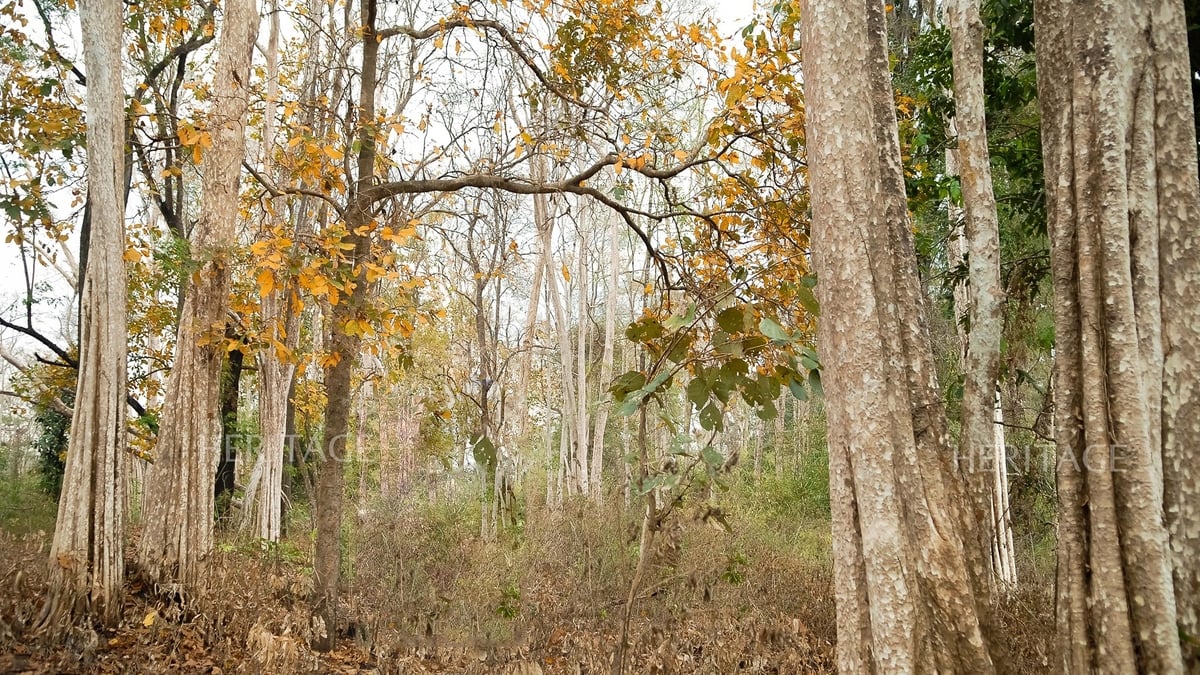

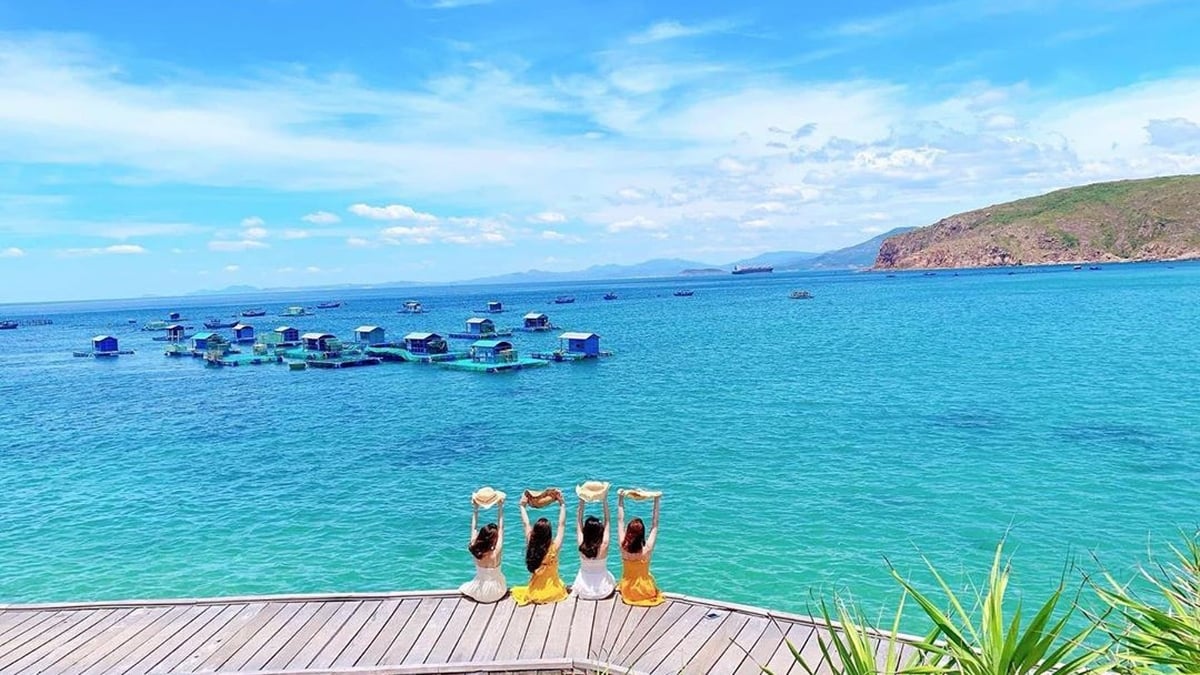
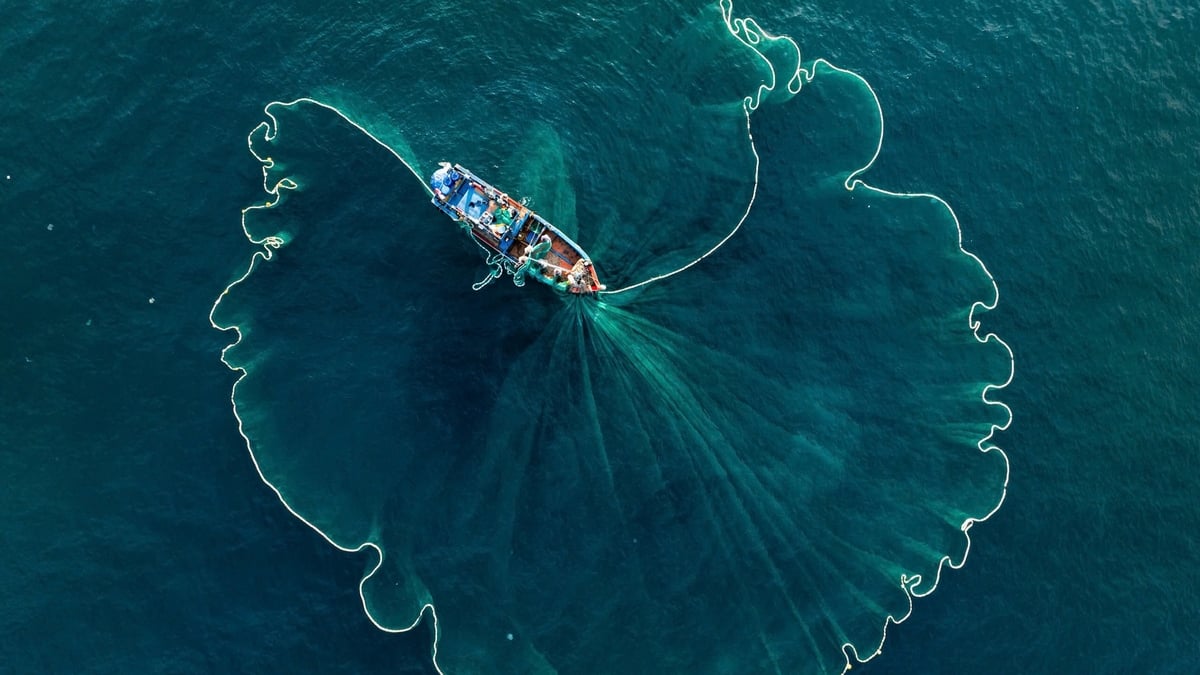
![[Photo] Award ceremony for works on studying and following President Ho Chi Minh](https://vphoto.vietnam.vn/thumb/1200x675/vietnam/resource/IMAGE/2025/5/20/a08ce9374fa544c292cca22d4424e6c0)

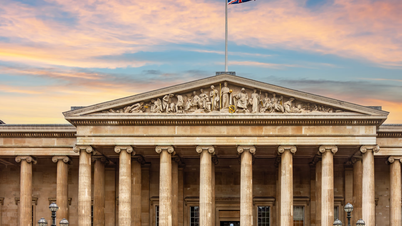
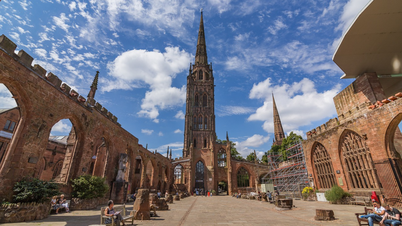
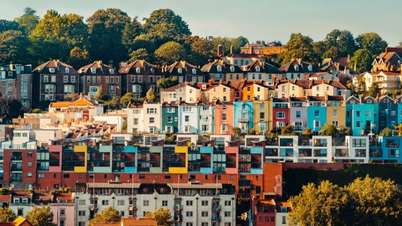


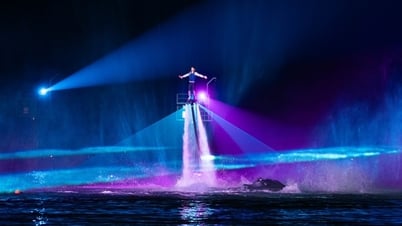

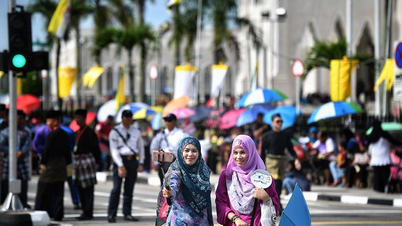
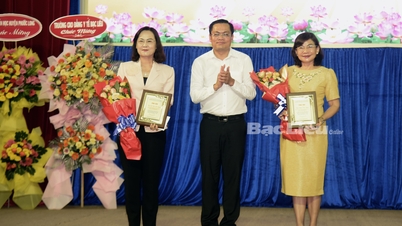


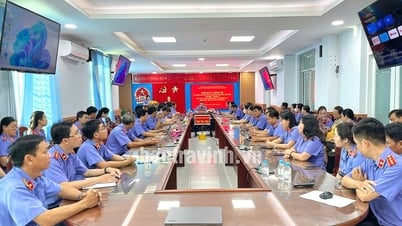











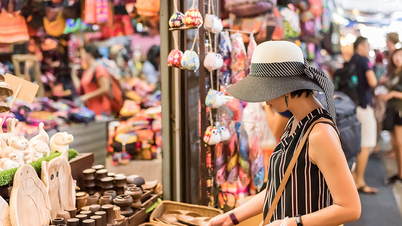
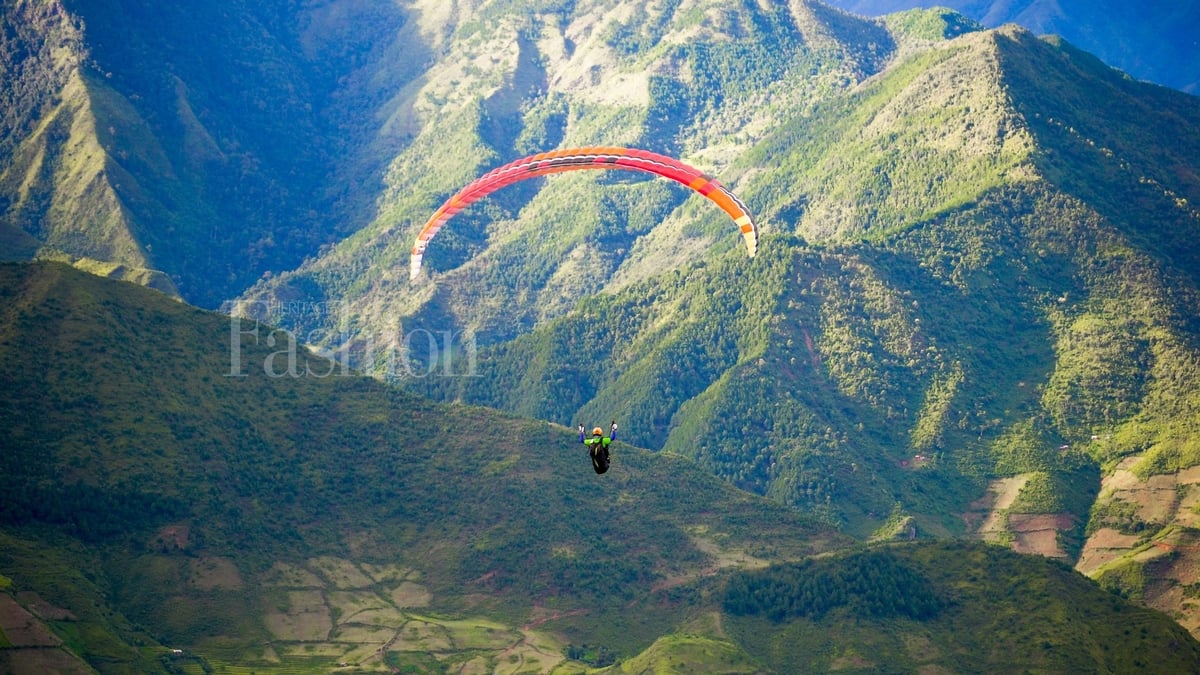
![[Photo] Vietnamese shipbuilding with the aspiration to reach out to the ocean](https://vphoto.vietnam.vn/thumb/1200x675/vietnam/resource/IMAGE/2025/5/20/24ecf0ba837b4c2a8b73853b45e40aa7)









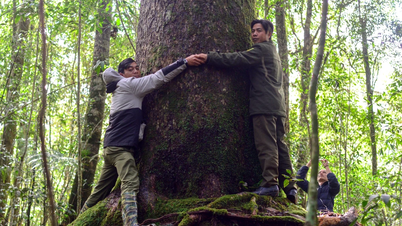














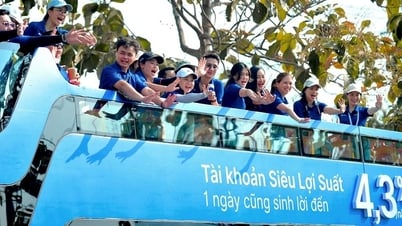
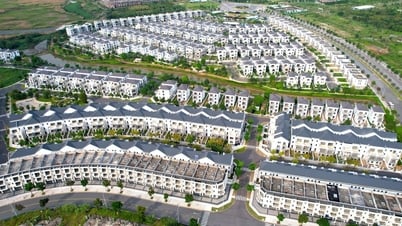


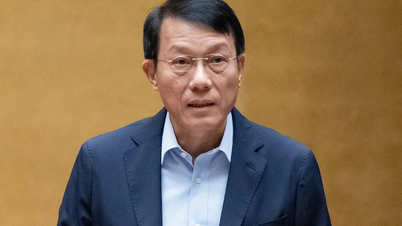
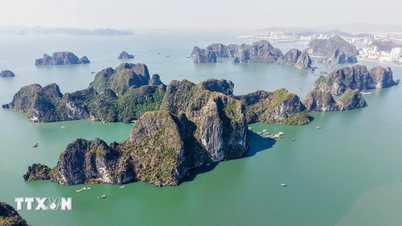
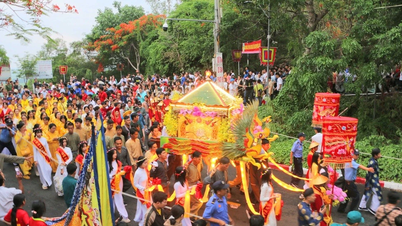


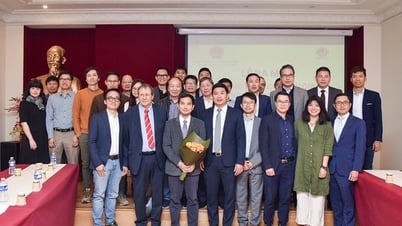





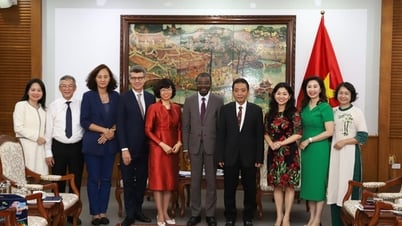










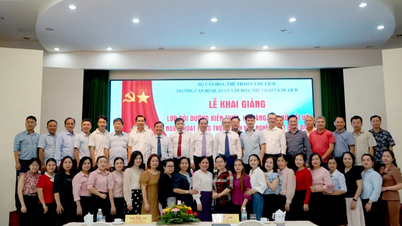










![[VIDEO] - Enhancing the value of Quang Nam OCOP products through trade connections](https://vphoto.vietnam.vn/thumb/402x226/vietnam/resource/IMAGE/2025/5/17/5be5b5fff1f14914986fad159097a677)
Comment (0)